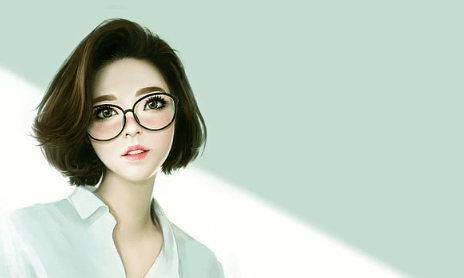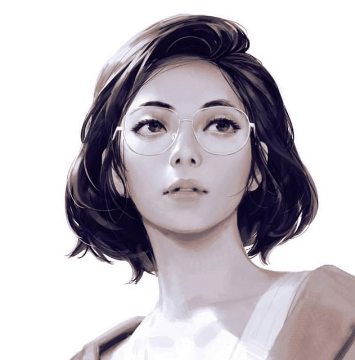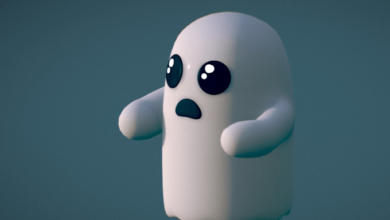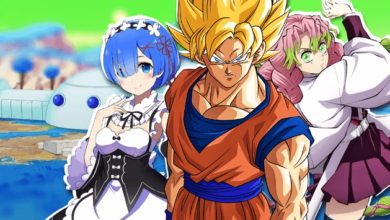Female:4rs310csbgg= Drawing Body

The exploration of the female form in drawing is not merely a technical endeavor; it is a profound engagement with cultural narratives and historical contexts that shape our understanding of femininity. Artists have historically grappled with the representation of womenFemale:4rs310csbgg= Drawing Body, often reflecting societal norms and expectations. Yet, contemporary practices challenge these conventions, inviting a reevaluation of techniques and aesthetics that honor the complexity of women’s identities. As we consider the implications of these artistic choices, one must ask: how do these representations influence our perception of gender and power in the broader art world?
Historical Perspectives on Female Representation
Throughout history, the representation of women in art has evolved significantly, reflecting societal attitudes, cultural norms, and the shifting dynamics of gender roles across various epochs.
Read also Cool:92gbuagxunc= Pencil:Paw7odlfblo= Drawings
Feminist critiques have emerged to challenge gender stereotypesFemale:4rs310csbgg= Drawing Body that often depict women as passive subjects.
This evolution highlights how artistic portrayals both shape and are shaped by the cultural context, underscoring women’s complexities and agency in the visual narrative.
Techniques for Capturing the Female Form
Capturing the female form in art requires a nuanced understanding of both anatomical structure and the expressive qualities that convey individual identity and emotion.
Techniques such as gesture drawing facilitate the exploration of movement and fluidity, while proportion studies enhance accuracy in representation.
Together, these methods empower artists to create worksFemale:4rs310csbgg= Drawing Body that celebrate the diversity and beauty inherent in the female body.

Cultural Narratives in Artistic Expression
Exploring cultural narratives in artistic expression reveals the profound ways in which societal values, historical contexts, and personal experiences shape the representation of the human form across different cultures and time periods.
Read also Cool:94qxhtjdoxs= Mexican Flag
Feminist aesthetics and body politics emerge through visual storytellingFemale:4rs310csbgg= Drawing Body, offering avenues for identity exploration and cultural symbolism.
Such works emphasize intersectional representation, reflecting diverse experiences and challenging conventional norms within the artistic landscape.
Conclusion
In conclusion, the art of drawing the female body serves as a mirror reflecting society’s evolving perceptions of women.
Through innovative techniques and rich cultural narratives, artists not only capture the physical beauty of the female form but also challenge entrenched stereotypes.
This dynamic interplay between representation and identity breathes new life into feminist aesthetics, empowering both the artist and the subject.
Ultimately, the canvas becomes a battleground for redefining women’s roles in art and society, shaping a more inclusive narrative.







